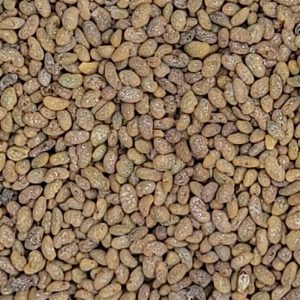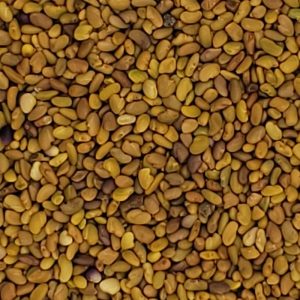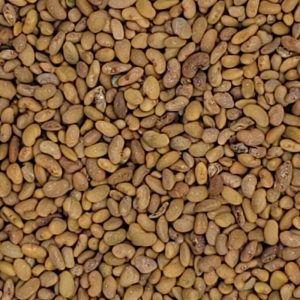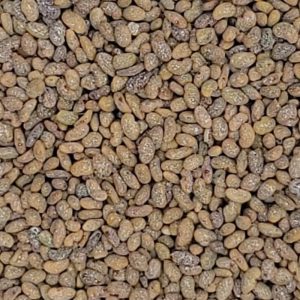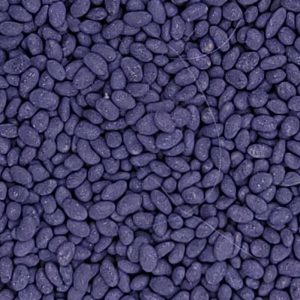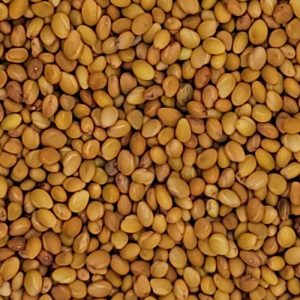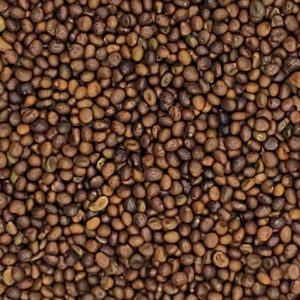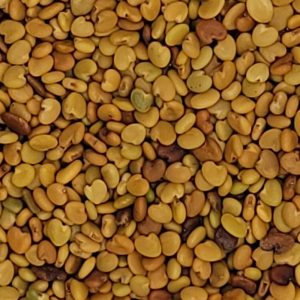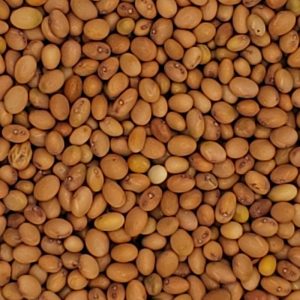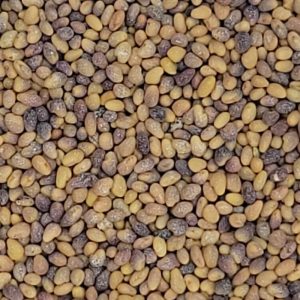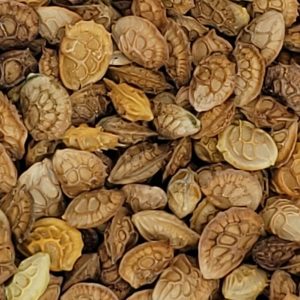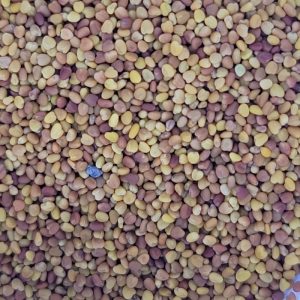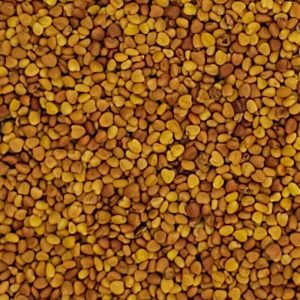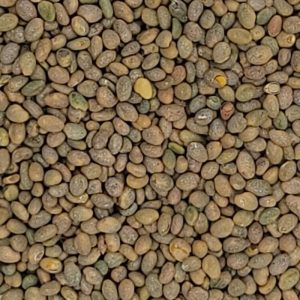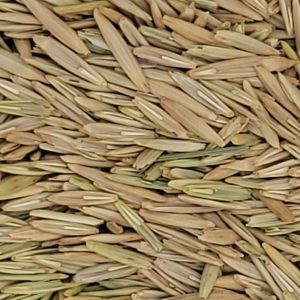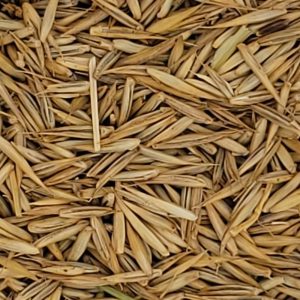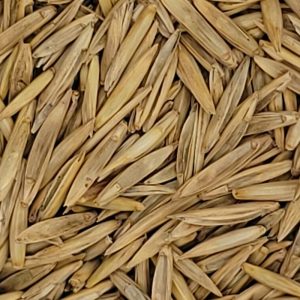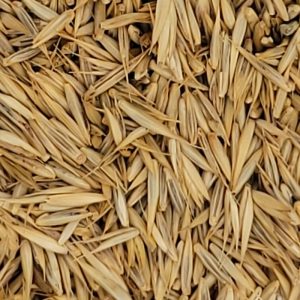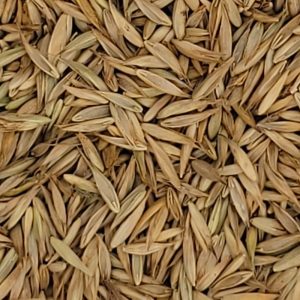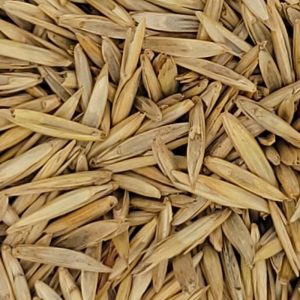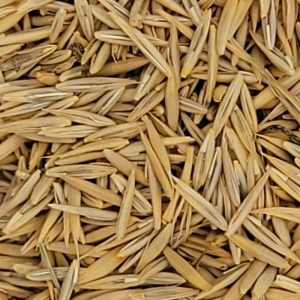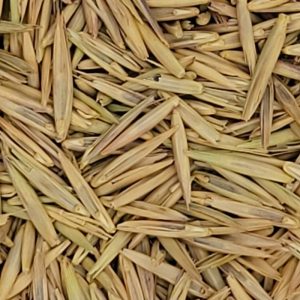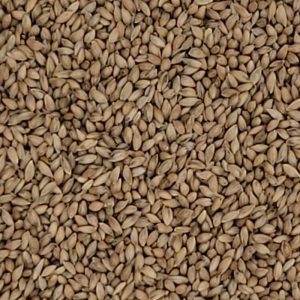Alfalfa
Reasons to seed grass with alfalfa
Yield. Harvested yield is the single largest driver of profitability when producing stored forage, and alfalfa-grass mixtures often yield more than alfalfa alone.
Drying rate. Grasses with stems present accelerate swath drying rate.
Persistence. Fall growth/residue of grasses provides better snow catch and insulation than alfalfa stubble alone, so alfalfa crowns are better protected from winter injury.
Feeding value. At similar stages of maturity, grasses have higher NDF than legumes, but considerably higher NDF digestibility.
Natural weed suppression. Weeds are opportunists that encroach in perennial forage stands when too much bare soil is exposed for too long. Some grasses improve the speed with which full soil cover is achieved during the seeding year. Many grasses also provide more long-term cover, particularly if broadcast seeded or if they are sod-formers. This reduces opportunities for weeds to establish.
Erosion control. This is a major advantage of a small grain companion crop.
Bloat. While not an issue with haylage or hay, grass-alfalfa mixtures have less bloat potential than pure alfalfa when grazed.
It’s natural. Prairies are diverse mixtures of grasses and legumes, not legume monocultures.
